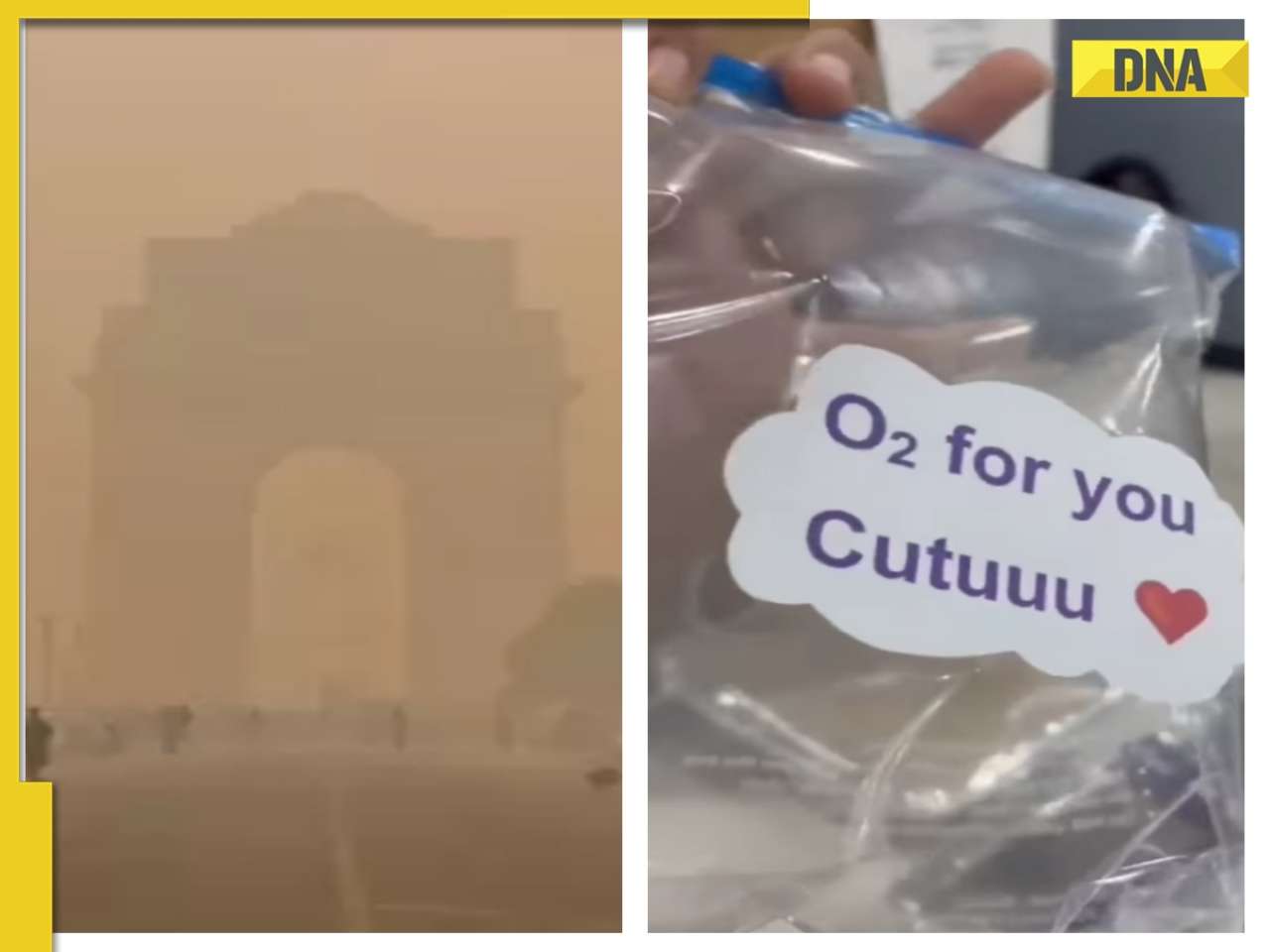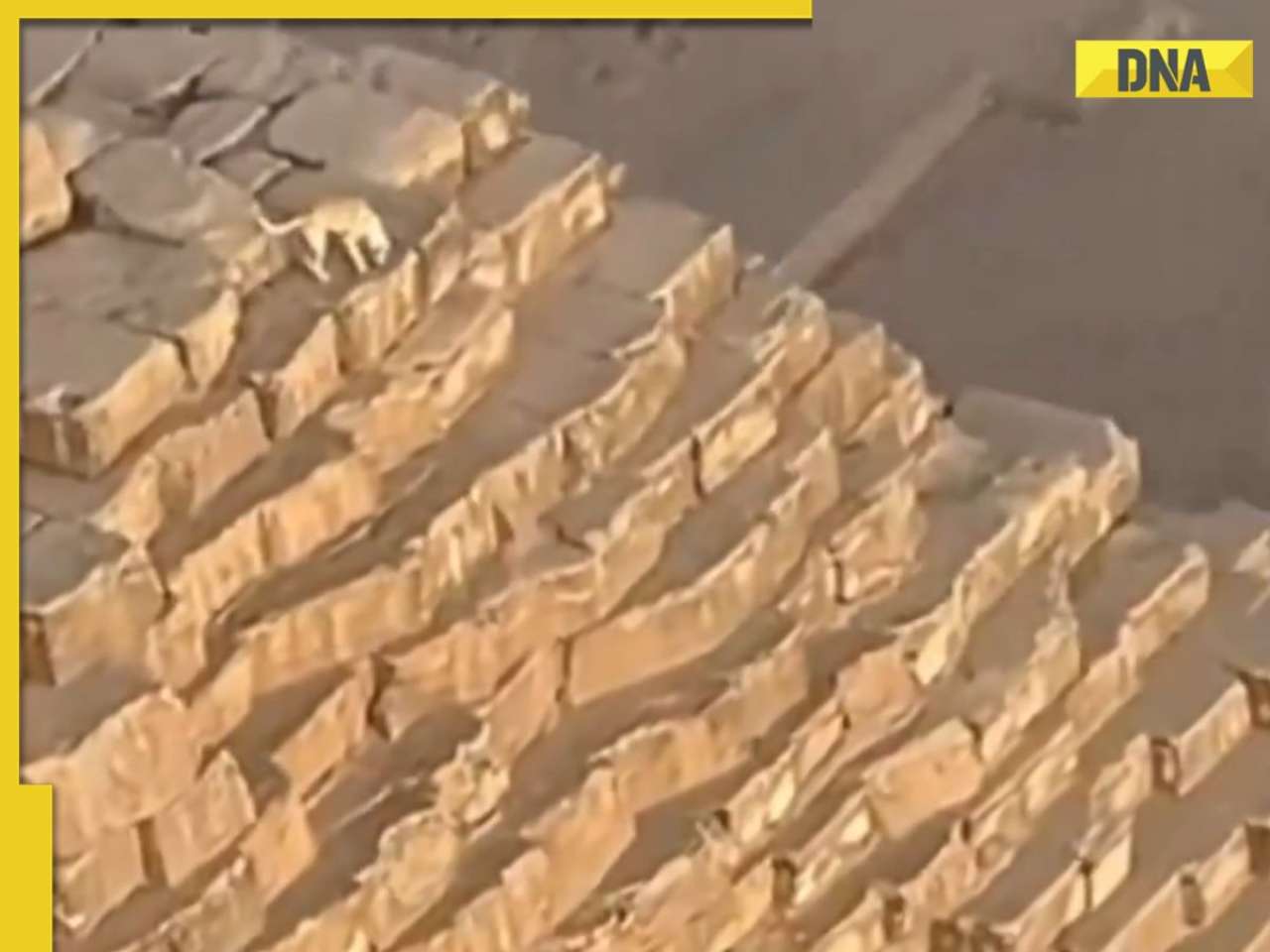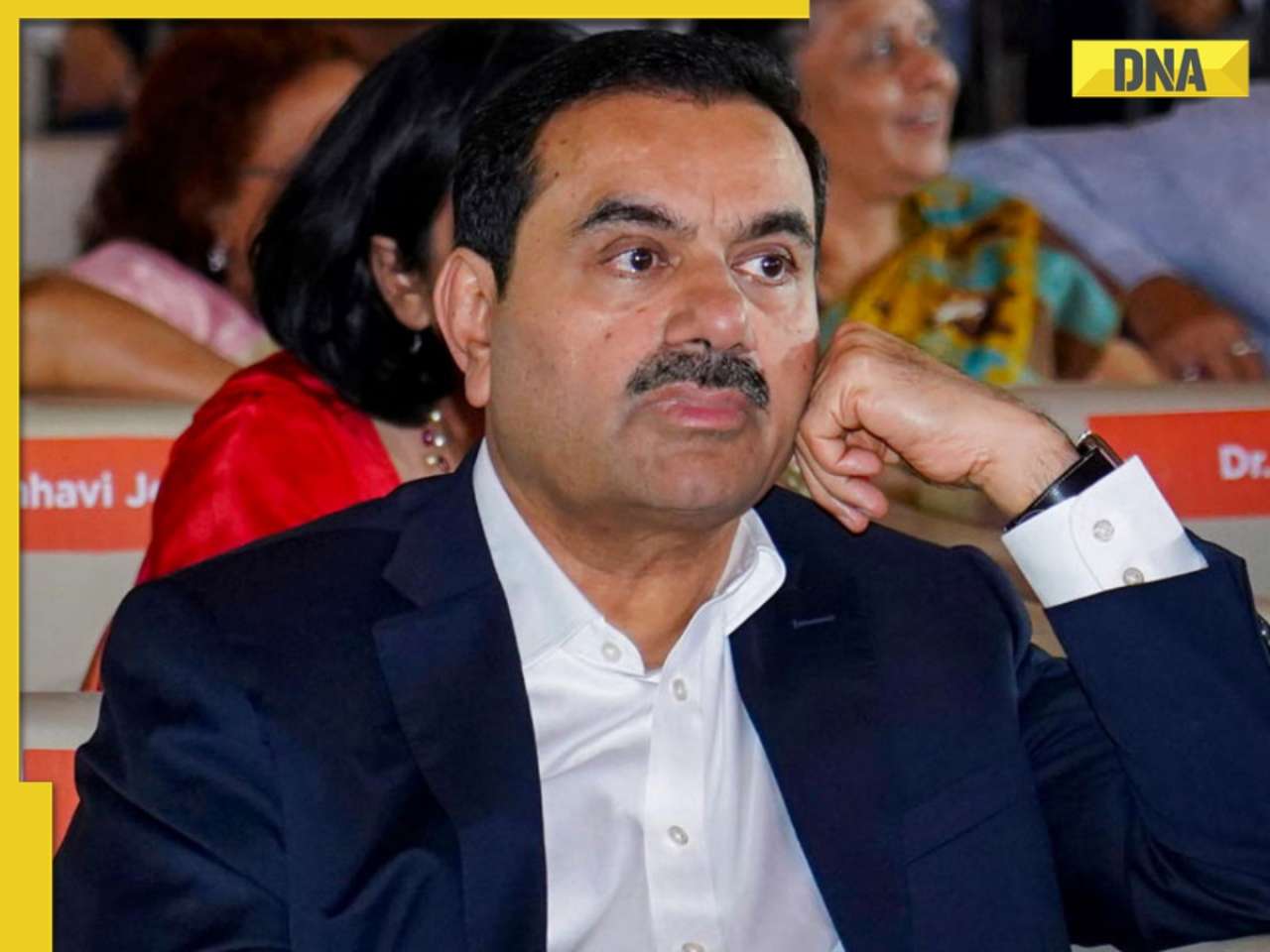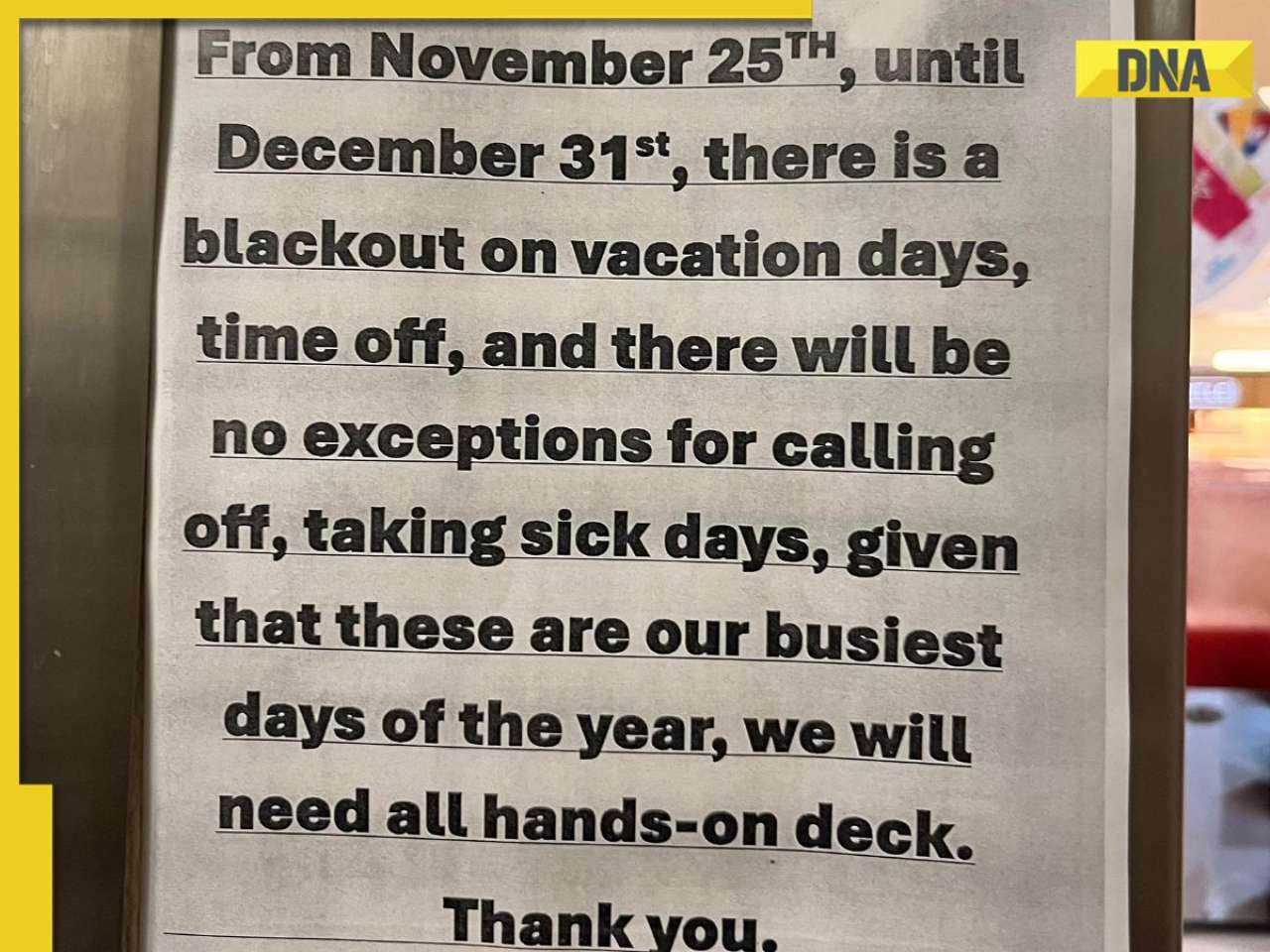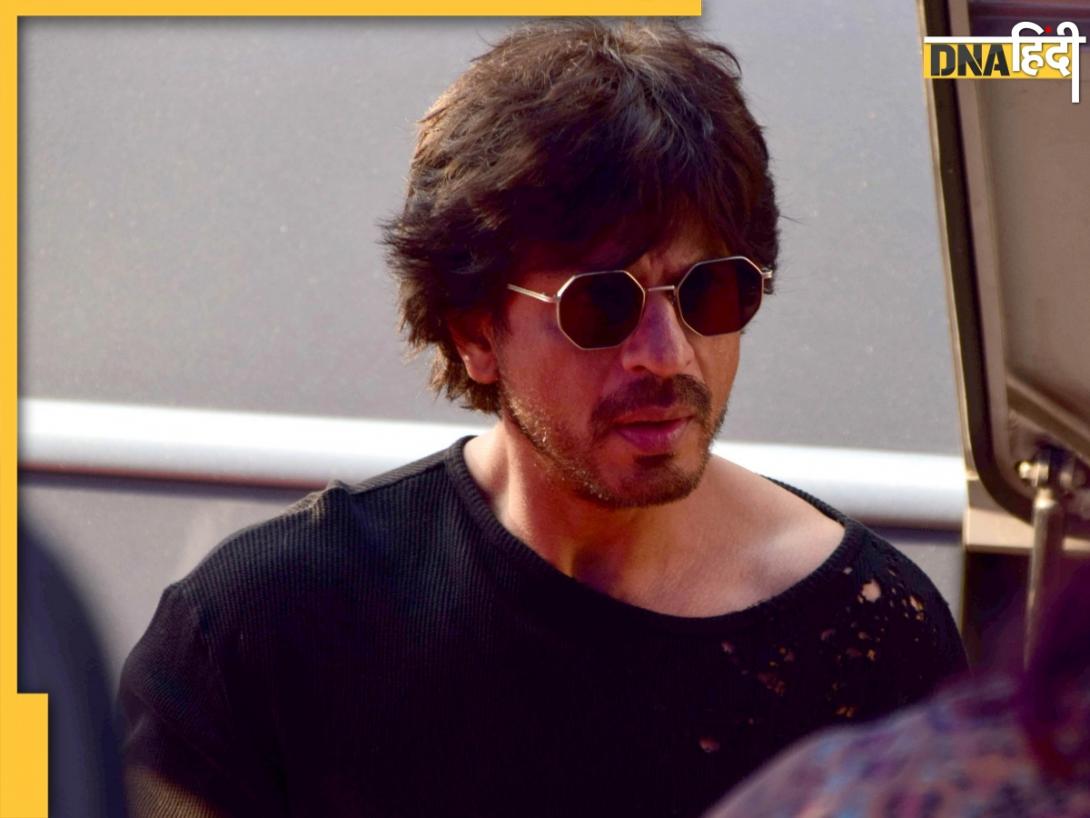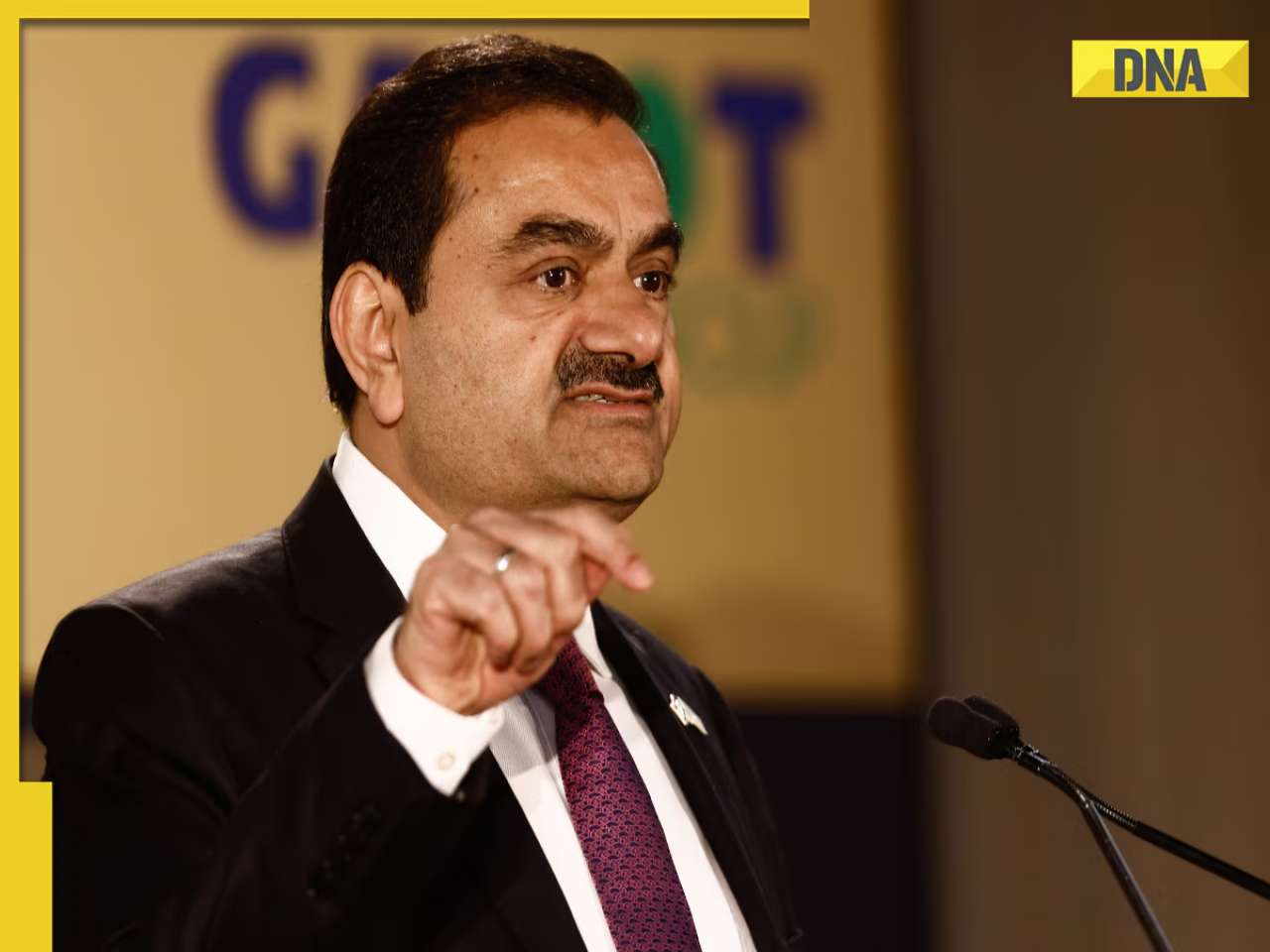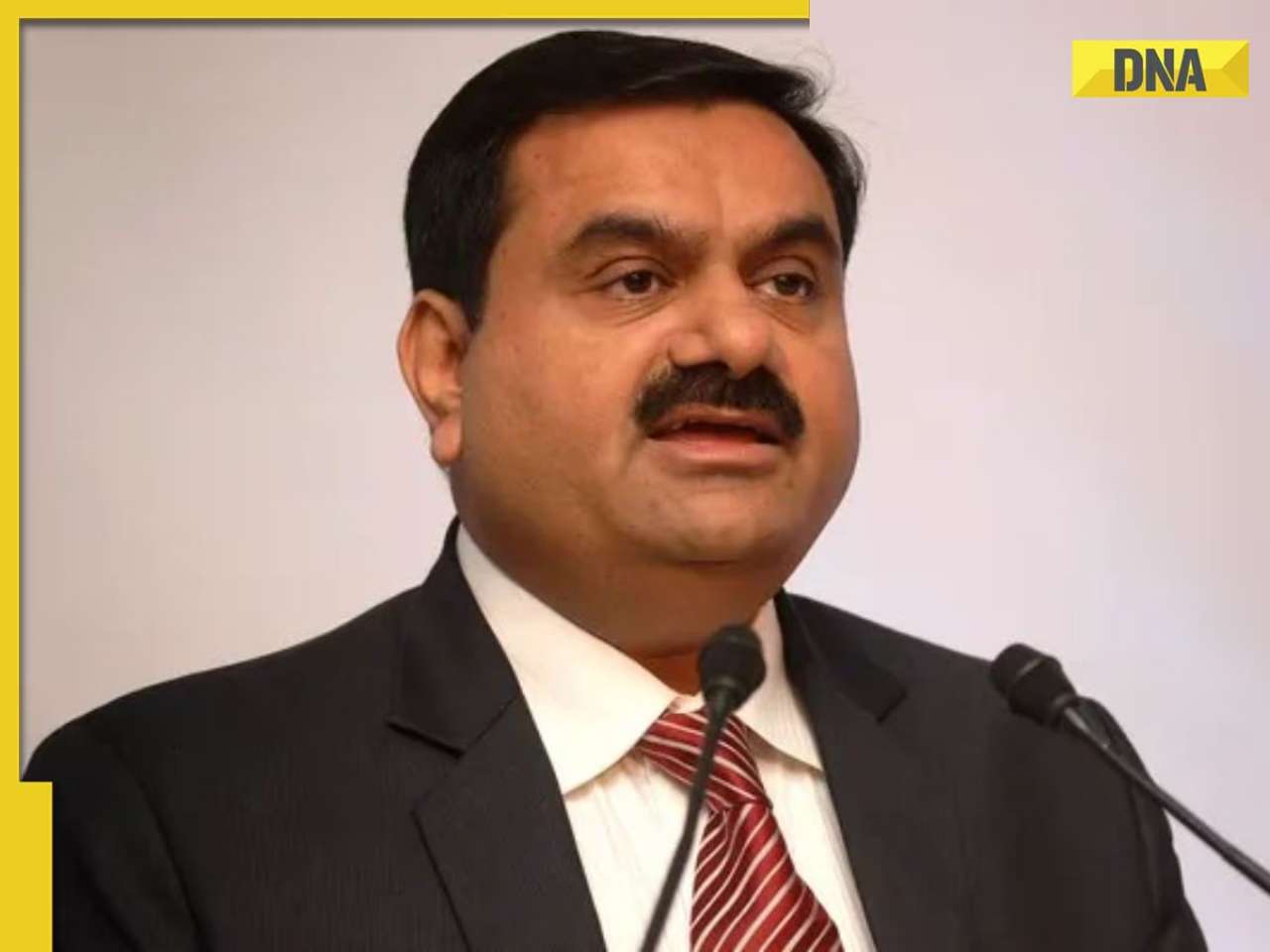- LATEST
- WEBSTORY
- TRENDING
BUSINESS
Ratan Tata's brand to Boroline, Parle-G: How Indian products launched before independence are still doing good business
Another pre-independence era brand is Rooh Afza which started as a herbal concoction to beat the heat but went on to become a staple. Rooh Afza was introduced in 1907 by Hakim Hafiz Abdul Majeed and launched from old Delhi.
TRENDING NOW
India gained Independence in 1947 and on the business side of things several Indian products launched before independence continue to exist and thrive. One of these products is Boroline (or Hatiwala cream, as it is known in many rural areas for its elephant logo) which is a green tube that was launched by a swadeshi businessman to counter British products in pre-independence India.
Boroline, amid the competitive cosmetic world, has still not lost its touch in 94 years of its existence. The Boroline website says, "It was the happy outcome of the heady nationalistic wave that had engulfed all Indians during the pre-independence era. Gour Mohun Dutta, an importer of foreign goods, decided to join the Swadeshi movement. With a glorious dream of free and self-sufficient India in his heart, he started manufacturing products to compete with foreign ones… one of them would be the legendary green tube, Boroline."
Boroline is manufactured by Kolkata-based GD Pharmaceuticals.
Another pre-independence era brand is Rooh Afza which started as a herbal concoction to beat the heat but went on to become a staple. Rooh Afza was introduced in 1907 by Hakim Hafiz Abdul Majeed and launched from old Delhi.
Currently, Rooh Afza is manufactured by the companies founded by Majeed and his sons, Hamdard Laboratories India; Hamdard Laboratories (Waqf) Pakistan; and Hamdard Laboratories (Waqf) Bangladesh.
Many other products were launched before India gained Independence and they continue to exist and thrive while retaining the quality that made them special.
According to Agastya Dalmia, founder, and CEO of Keventers, heritage, legacy, and commitment to quality is one of the main reasons which have helped these brands survive. "Keventers’ deep-rooted heritage and legacy play a significant role in its continued success. As a brand with a history dating back to 1925, it has earned trust and loyalty from generations of customers."
Agastya Dalmia's grandfather Ram Krishna Dalmia acquired Keventers from its Swedish owners in 1940.
As we continue to explore the pre-independence era, it is also important to talk about the immense contribution of India’s largest conglomerate, the Tatas.
The Taj Mahal Palace Hotel in Mumbai has played host to world-famous guests, from royalties to dignitaries, since 1903. The Taj Mahal Palace Hotel was designed by Indian architects Raosaheb Vaidya and DN Mirza.
The foundation of the hotel was laid in 1898 and it was built by Sorabji Contractor. The hotel opened its gates to its first 17 guests on December 16, 1903.
Puneet Chhatwal, MD & CEO, of IHCL says, "The founder’s (Jamsetji Tata) efforts were always to show India what lies beyond the seas, making India’s dreams his own. The management of the Taj realised that its future growth lay, not just in Mumbai, but also in the development of India as a tourist destination. And thus, began the creation of India’s premier hospitality chain, the Indian Hotels Company (IHCL). His vision of being the best of the best continues to drive us even today, as we prepare ourselves for the bright prospects and disruptive challenges of tomorrow."
Another Tata-owned brand, Air India, completed 90 years of service to the nation last year.
What began as Tata Airlines, after it was founded by JRD Tata in 1932, became a public limited company after World War II when it was renamed Air India. In January 2022, the Tata Group reacquired Air India.
Now, let us talk about another iconic brand - Mysore Sandal Soap. The soap with a unique oval shape and green and red box packaging has been in existence since 1916, when Krishna Raja Wadiyar IV, the king of Mysore, set up the Government Soap Factory in Bengaluru.
Reports state that Mysore Sandal Soap is the only soap in the world made from 100% pure sandalwood oil along with other natural essential oils such as vetiver and palm rose.
Another iconic and nostalgia-filled brand is Parle-G. The bright yellow plastic packaging with the picture of a young girl is classic and nostalgic.
The house of Parle was founded by Mohanlal Dayal in 1928 but it was not until 1938 that the first Parle-G (then called Parle Gluco) biscuit was baked.

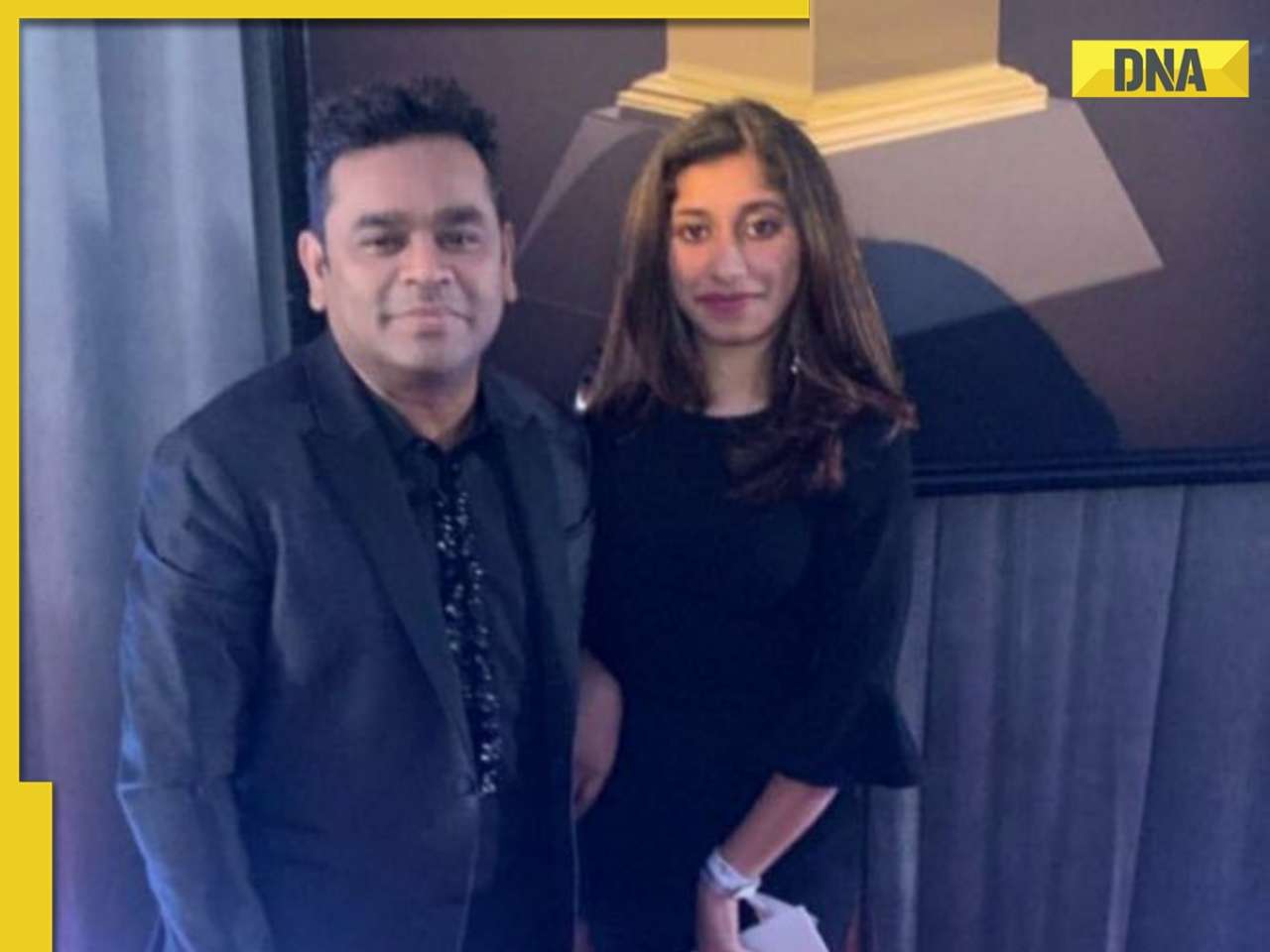
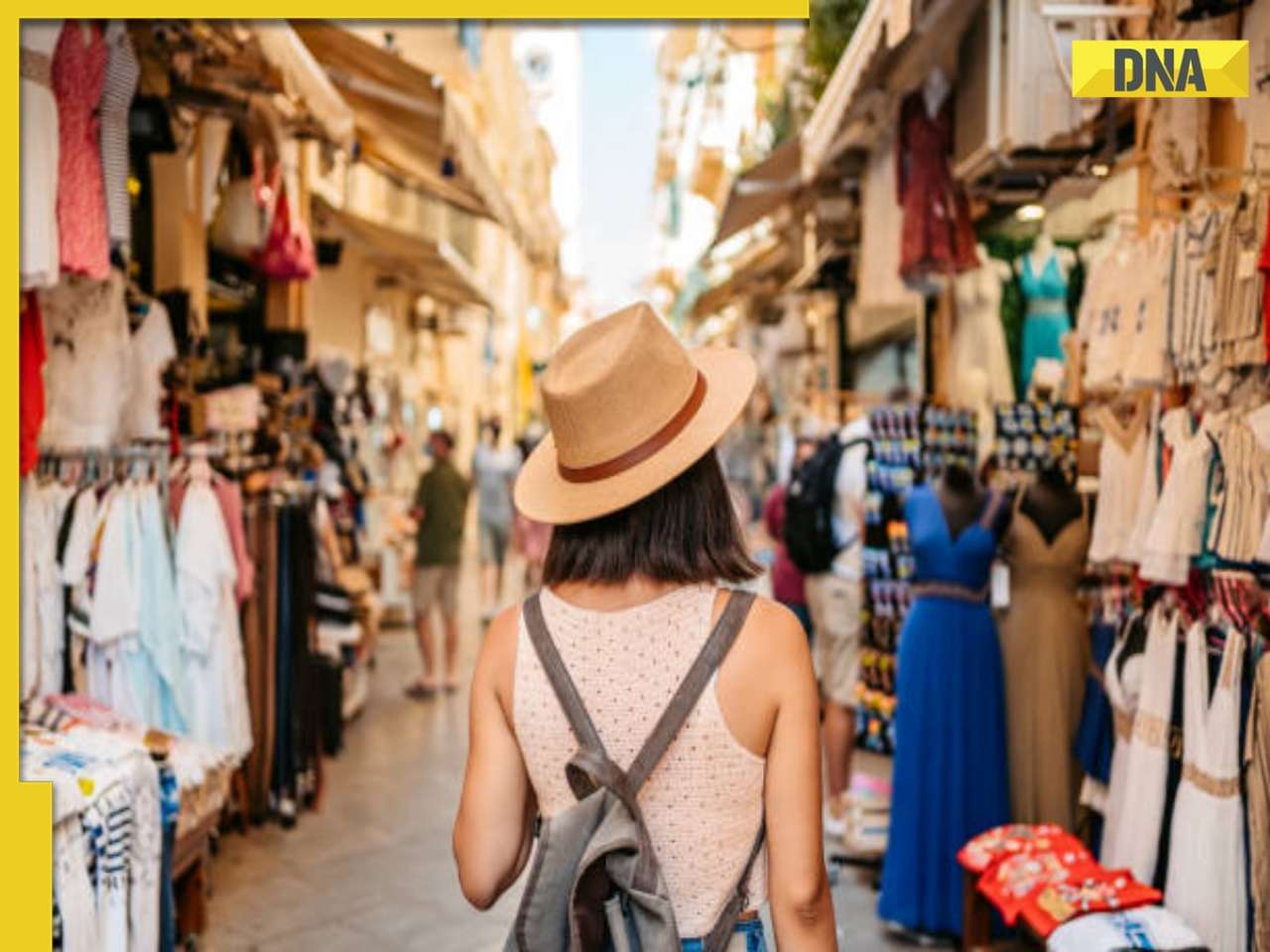




)
)
)
)
)
)
)
)
)
)
)
)
)
)
)
)





